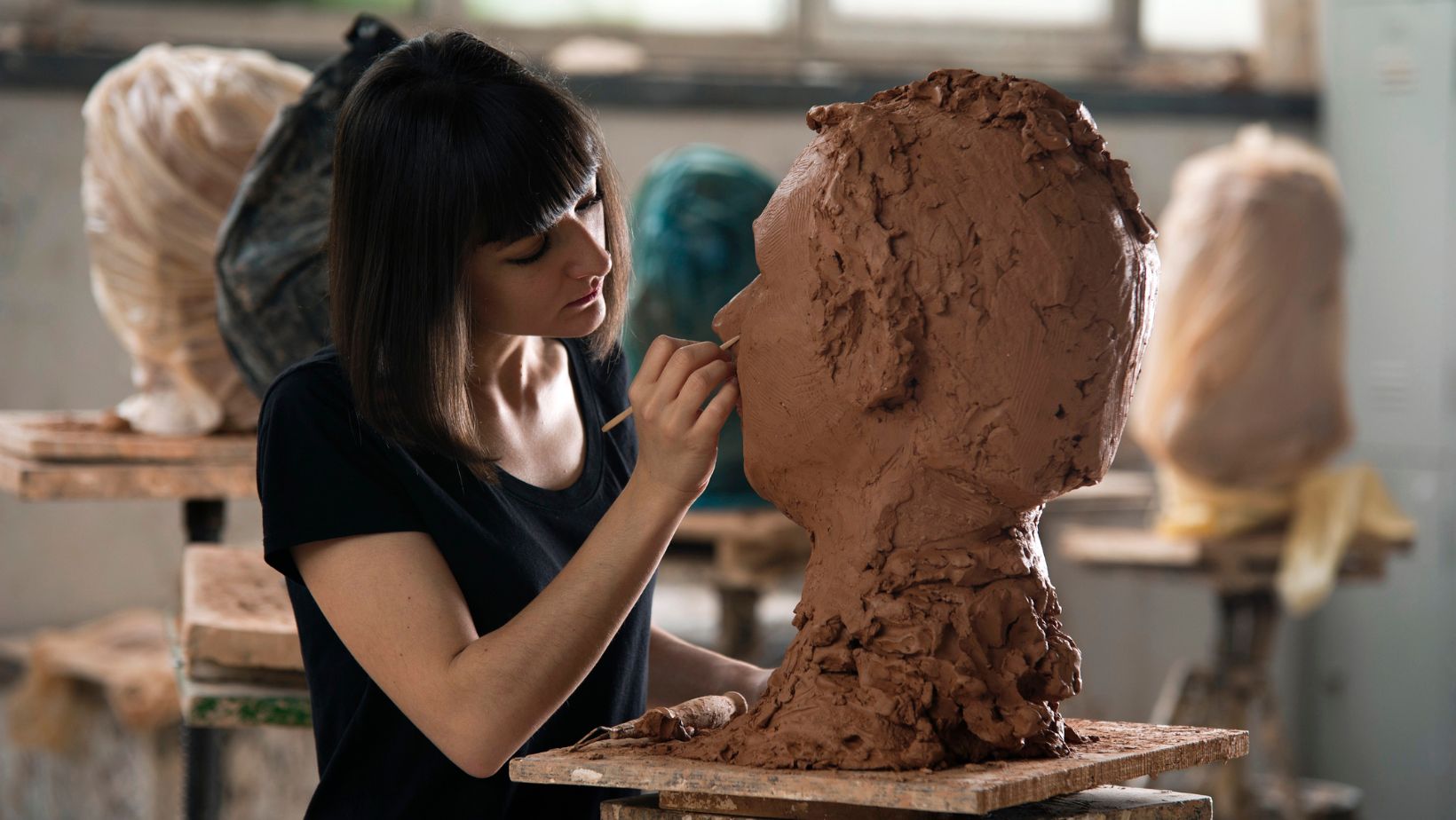
Have you ever witnessed the mesmerizing dance of kinetic wind sculpture as they sway and twirl with the gentlest breeze? I’ve always been fascinated by the graceful movements and harmonious designs of these art pieces that come to life in the open air. Kinetic wind sculpture, also known as wind spinners or wind art, blend artistry with engineering to create captivating displays that change with the wind’s whim.
As I delve into the world of kinetic wind sculpture, I’ll explore the intricate craftsmanship behind these dynamic artworks and the ways in which they interact with their environment. From intricate metalwork to innovative designs, each kinetic wind sculpture tells a unique story through motion and form. Join me on a journey to uncover the beauty and ingenuity of these enchanting creations that bring a sense of fluidity and elegance to outdoor spaces.
Kinetic Wind Sculpture
The Essence of Movement and Design
 When delving into the realm of kinetic wind sculpture, the marriage of movement and design is at the core of their allure. Each sculpture is meticulously crafted to harness the whims of the wind, translating them into a mesmerizing dance of motion. The intricate balance between form and function is a testament to the fusion of artistry and engineering, where every curve and angle is carefully considered to create a symphony of kinetics.
When delving into the realm of kinetic wind sculpture, the marriage of movement and design is at the core of their allure. Each sculpture is meticulously crafted to harness the whims of the wind, translating them into a mesmerizing dance of motion. The intricate balance between form and function is a testament to the fusion of artistry and engineering, where every curve and angle is carefully considered to create a symphony of kinetics.
Historical Origins and Evolutions
Exploring the historical roots of kinetic wind sculpture unveils a fascinating journey of innovation and creativity. From ancient wind-powered devices to modern kinetic artworks, these sculptures have evolved through centuries of inspired design. Artists and engineers alike have pushed the boundaries of imagination, transforming simple wind catchers into dynamic installations that captivate and inspire. The evolution of these sculptures reflects the ingenuity of human creativity in utilizing the natural elements to craft timeless pieces of moving art.
Key Elements of Kinetic Wind Sculpture Design
Materials Commonly Used
 In crafting kinetic wind sculpture, various materials are commonly utilized to ensure both aesthetic appeal and durability. Metals like stainless steel, copper, and aluminum are popular choices due to their resistance to corrosion and ability to withstand outdoor elements. These metals offer the flexibility needed to create intricate designs while maintaining structural integrity. Additionally, materials like acrylics and durable plastics are employed for components that require transparency or vibrant coloration. By combining these materials thoughtfully, artists and designers achieve a harmonious balance between beauty and resilience in kinetic wind sculpture construction.
In crafting kinetic wind sculpture, various materials are commonly utilized to ensure both aesthetic appeal and durability. Metals like stainless steel, copper, and aluminum are popular choices due to their resistance to corrosion and ability to withstand outdoor elements. These metals offer the flexibility needed to create intricate designs while maintaining structural integrity. Additionally, materials like acrylics and durable plastics are employed for components that require transparency or vibrant coloration. By combining these materials thoughtfully, artists and designers achieve a harmonious balance between beauty and resilience in kinetic wind sculpture construction.
Engineering Principles Behind the Movement
The captivating movement of kinetic wind sculpture is driven by fundamental engineering principles that harness the power of the wind. Aerodynamics plays a crucial role in shaping the design of these sculptures, with artists and engineers considering factors such as wind speed, direction, and kinetic energy conversion. Blades and appendages are strategically positioned to catch the wind efficiently, creating dynamic motion patterns that evolve with changing wind conditions. Through careful calculations and testing, designers optimize the shape and orientation of each element to maximize movement while ensuring stability.
Iconic Kinetic Wind Sculpture Artists
Key Figures in the Movement
 As I delve into the realm of kinetic wind sculpture, it’s crucial to acknowledge the pioneering figures who have significantly contributed to shaping this artistic movement. Artists like Anthony Howe and Yvonne Mouser have left an indelible mark with their innovative creations that seamlessly blend art and science. Their mastery in harnessing the power of the wind to animate metal structures into captivating displays has set a benchmark for contemporary kinetic sculpture.
As I delve into the realm of kinetic wind sculpture, it’s crucial to acknowledge the pioneering figures who have significantly contributed to shaping this artistic movement. Artists like Anthony Howe and Yvonne Mouser have left an indelible mark with their innovative creations that seamlessly blend art and science. Their mastery in harnessing the power of the wind to animate metal structures into captivating displays has set a benchmark for contemporary kinetic sculpture.
Notable Works and Installations
Exploring the landscape of kinetic wind sculpture reveals a myriad of breathtaking installations that have mesmerized audiences around the world. One standout work is “Di-Octo” by Anthony Howe, a mesmerizing piece that elegantly dances with the wind, showcasing intricate patterns of movement and grace. Another awe-inspiring installation is Yvonne Mouser’s “Wind Water Wheel,” a striking sculpture that embodies the harmonious relationship between nature and artistry. These remarkable works exemplify the beauty and ingenuity of kinetic wind sculpture, transforming outdoor spaces into dynamic galleries of motion and art.
